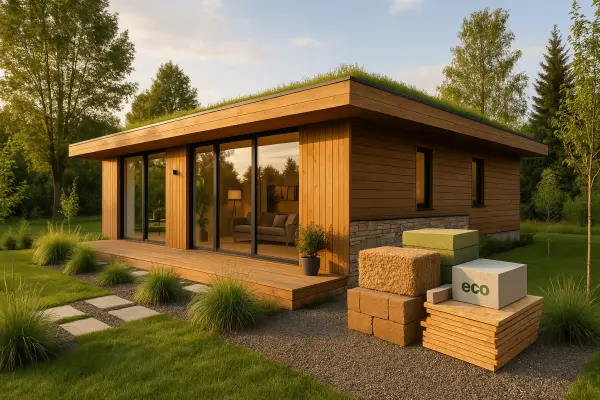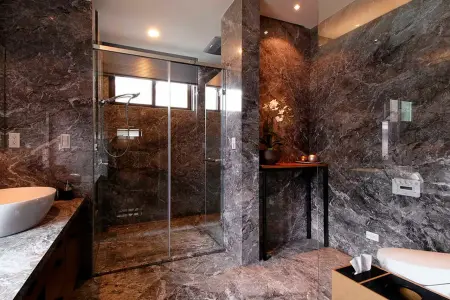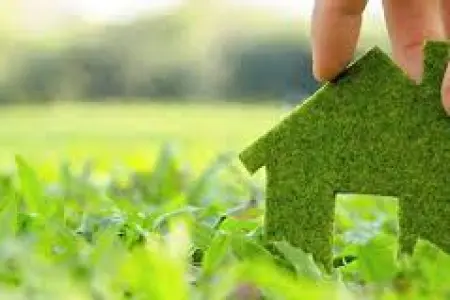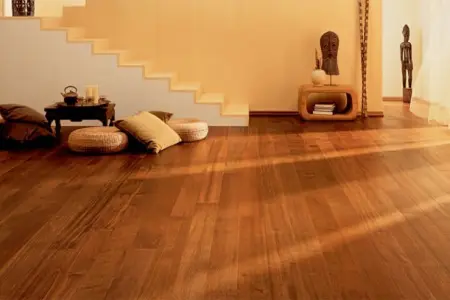A healthy home starts with the right choice. Eco-friendly building materials form the foundation of a comfortable living space, much like the immune system of the human body. In my work with private clients, I see a growing demand for sustainable finishing materials — people are beginning to understand the connection between indoor air quality and family well-being.
Eco-friendly finishing materials have shifted from luxury to necessity. This is especially true for families with young children. Safe building materials create an invisible shield against toxins, formaldehyde, and volatile compounds that pollute indoor air for years.
According to WHO, indoor air quality is 2–5 times worse than outdoor air due to emissions from finishing materials. Eco-safe materials reduce formaldehyde levels by 60–80%.
Natural finishing materials behave like living organisms. Wood “breathes,” regulating humidity. Clay absorbs odors and excess moisture. Eco-materials for construction not only decorate a space — they actively improve the indoor climate.
Natural materials for eco-friendly wall and ceiling finishes
Walls largely determine indoor air quality. Choosing materials for vertical surfaces requires special care, since they are in constant contact with the air.
The main categories of eco-friendly coatings include time-tested solutions:
- Water-dispersion acrylic paints free of solvents and heavy metals
- PVC-free paper wallpapers that allow natural breathability
- Mineral plasters made of lime and clay that regulate humidity automatically
- Wooden wall panels made from local solid wood without chemical treatment
- Clay ceramic tiles with natural pigments and no lead glazes
Each material has its own character. Not all natural building materials are equally suitable for different rooms — a bathroom requires one approach, while a children’s room requires another.
From practice, I often notice an interesting pattern: clients who chose eco-friendly paints and plasters report better sleep and fewer allergic reactions within a month. Coincidence? Hardly.
Wooden panels from untreated timber can last up to 50 years with proper care. They naturally filter the air and maintain indoor humidity at 45–60%.
Eco-friendly floor coverings: sustainable solutions
The floor is the foundation of comfort. Eco-friendly coatings for walls and floors work together, forming a unified healthy system for any room. Solid wood parquet remains the gold standard of eco-friendly flooring.
In one recent project, the client insisted on natural linoleum made from linseed oil. The result exceeded everyone’s expectations.
Experts recommend the following eco-friendly flooring options:
- Parquet boards made of oak, ash, or birch without lacquer coatings
- Cork coverings finished with natural wax, resistant to moisture
- Natural stone without chemical treatments or polishing compounds
- Porcelain stoneware with minimal additives and dyes
These materials can last for decades. They require little maintenance and retain their original properties. With the right choice, eco-friendly materials become a long-term investment in health.
Quality of life is built on small details. Sustainable building materials pay off within 3–5 years thanks to their durability and lack of maintenance needs.












